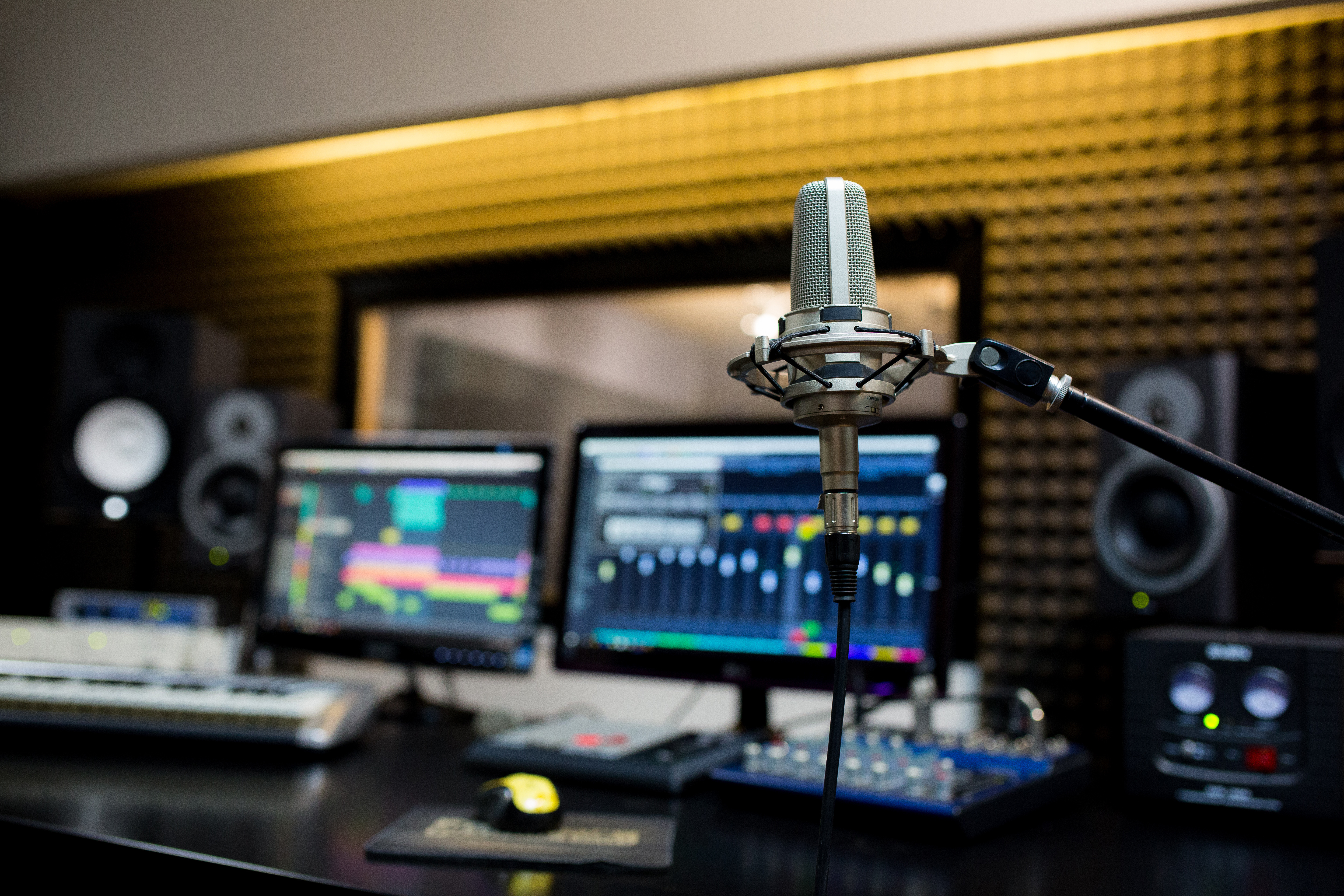
5 Expert Tips for Mastering High-Quality Podcast Audio
I recently had the pleasure of interviewing Chris Curran, founder and lead instructor of Podcast Engineering School, on the Podcasting Secrets podcast. Chris has been an audio engineer in the music business since the nineties and has been podcasting since 2012. He's produced podcasts for big names like Forbes, Dun and Bradstreet, and Johnson & Johnson.
With his wealth of experience, Chris shared some invaluable insights on how to achieve professional-level audio quality in your podcasts. Here are five expert tips Chris shared that will help you take your podcast audio to the next level.
Tip #1: Invest in a Quality Microphone
One of the most important factors in achieving great podcast audio is using a decent microphone. Chris recommends dynamic microphones like the Shure SM7B, Electro-Voice RE20, or the Shure MV7 for most podcasting setups. These mics are less sensitive to ambient noise compared to condenser mics like the popular Blue Yeti, making them ideal for imperfect recording environments.
When choosing a mic, keep in mind that the sound is influenced by both the microphone and your unique voice. What works well for one person may not be the best fit for another. If you're unsure, try testing out a few different options to find the mic that complements your voice and recording space.
Tip #2: Master Proper Mic Technique
Even with a great microphone, poor mic technique can ruin your audio quality. Chris stresses the importance of maintaining a consistent distance of about 4-6 inches from the mic and keeping it at the same angle throughout your recording. Avoid moving around or turning your head away from the mic, as this can cause volume fluctuations and unwanted noise.
To prevent plosives (the harsh "p" and "b" sounds that create a popping noise), use a pop filter or foam windscreen. Alternatively, you can talk slightly off-axis, directing the air from your mouth past the mic rather than directly into it. With proper mic technique, you'll minimize distracting sounds and ensure a more consistent, professional-sounding recording.
Tip #3: Record in a Quiet Environment
Background noise is one of the most common issues that can degrade your podcast audio. To achieve the best results, record in a quiet room with minimal ambient noise. Close windows and doors, turn off any fans or air conditioning, and silence notifications on your phone and computer.
If you don't have access to a perfectly silent space, you can still take steps to minimize noise. Use acoustic treatments like sound-absorbing panels or even blankets and pillows to reduce echoes and reflections. Recording in a smaller, more enclosed space, like a closet, can also help dampen unwanted sound. Remember, the less background noise you have in your initial recording, the easier it will be to achieve a polished final product.
Tip #4: Monitor Your Audio with Headphones
Listening to your audio through headphones while recording is crucial for identifying and addressing issues in real time. Chris recommends using comfortable, over-ear headphones that provide sound isolation from external noise. While you don't need to break the bank on expensive studio headphones, make sure you're using a pair that allows you to hear your audio clearly and accurately.
By monitoring your audio as you record, you can catch problems like excessive background noise, plosives, or inconsistent volume levels and make adjustments on the spot. This will save you time and frustration in the editing process and help ensure a higher-quality final product.
Tip #5: Enhance Your Audio in Post-Production
Even with the best recording setup and technique, most podcast audio will benefit from some post-production processing. Chris suggests using tools like compression to even out volume levels, equalization (EQ) to balance frequencies and remove any unwanted noise, and “de-essing” to reduce sibilance (harsh "s" and "sh" sounds).
If you're new to audio editing, start with user-friendly software like Audacity or GarageBand and take advantage of online tutorials and resources to learn the basics. As you become more comfortable with the process, you can explore more advanced tools and techniques to fine-tune your audio and achieve a truly professional sound.
Achieving high-quality podcast audio may seem daunting at first, but with the right equipment, technique, and post-production skills, anyone can create a professional-sounding show. By implementing these five expert tips from Chris Curran, you'll be well on your way to mastering your podcast audio and providing a superior listening experience for your audience.
If you found this advice helpful and want to dive deeper into the world of podcast engineering, I highly recommend checking out Chris's Podcast Engineering School at podcastengineeringschool.com. With his comprehensive training and wealth of experience, Chris can help you take your podcasting skills to the next level and stand out in the crowded podcasting landscape. So what are you waiting for? Start putting these tips into practice and elevate your podcast audio today!
Takeaways:
1. Get close to the microphone (4-6 inches away) and avoid moving around or turning your head while recording to ensure good microphone technique.
2. Record in a quiet environment without background noise for optimal sound quality.
3. Use a pop filter to avoid plosives (popping P sounds) that can overwhelm the microphone.
4. Learn to train your ears to listen for and eliminate problems like background noise, uneven audio levels, sibilance, and mouth noises.
5. Choose a dynamic microphone like the Shure SM7B or Electro-Voice RE20 for radio-quality sound that minimizes ambient noise.
6. Pay attention to room acoustics and soundproofing your recording space to prevent audio issues.
7. Quality headphones/earbuds allow you to monitor your recordings accurately and produce better sound.
8. Getting feedback from listeners when checking mixes on different speakers ensures your podcast will sound great for your audience.
If you're looking for a great all-in-one podcasting platform with 35 integrated modules, you can get a free trial at PodUp.com.
Thanks for joining us for this episode. I wish you success in creating high-quality audio content for your listeners.




Comments